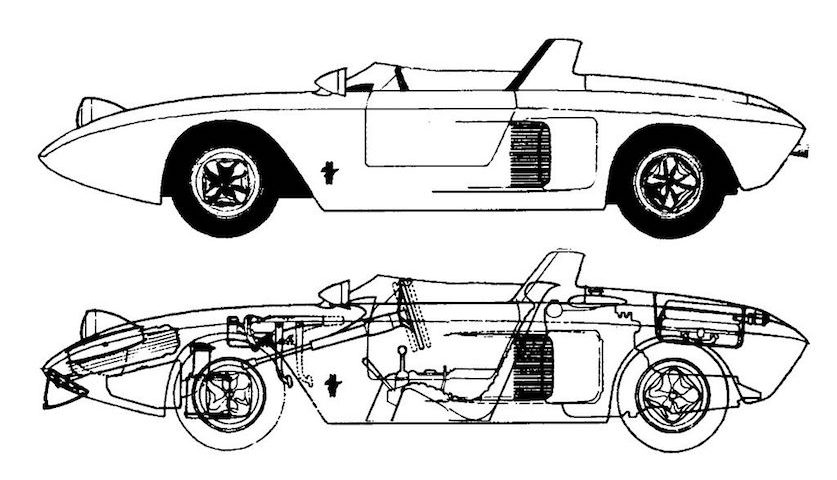
Black, Gray and Proud: Women Embrace Their Silver Hair
August 15, 2016
Hidden Figures Highlights Brilliant African-American women at NASA I VIDEO
August 16, 2016When it comes to additive manufacturing, the cat is already out of the bag. Top companies all over the world are deploying the technology, and they’re doing it with style. 3D printing makes rapid prototyping possible. It skips out many of the steps traditionally involved in the process. For instance, firms that use rapid prototyping technologies don’t have to create custom molds for each new design. Instead, they can simply design something on software, and then print it out to see how it performs. It takes a lot of the risk out of the process of prototyping. And it means that companies can reduce their product cycle times by orders of magnitude.
So which companies are spearheading the charge and leading the way in rapid prototyping?
Ford
Ford is the third largest car company in the world. And as a result, it has an enormous research and development department. Any technology that can reduce costs here is most welcome. Right now, Ford is using 3D printing for rapid prototyping. The primary use is for things like the bodywork and engine components. And the fact that many versions of these can be tested means higher quality when products are renewed.
Ford’s approach to prototyping goes a long way to explaining how the company has managed to update its lineup so dramatically. Across the board, design languages have been standardized. And even models like the Mustang have benefited from a faster pace of development. Ford says it can save around $493,000 per 3D printed part and months of labor.
Fender Music
The use of 3D print technology in industries as diverse as automotive and music is telling. It shows that it’s not just a technology for businesses at the forefront of technology. It’s something that can be used across the board.
Fender is a maker of acoustic and electric guitars, as well as amplifiers. And recently, the company has been using 3D printing technology to do rapid prototyping. According to the company, costs for prototyping have plummeted. It costs a mere $4 to produce one cubic inch of a prototype. That works out to about $300 per printed part, which is very little.
Saarioinen
As you might be able to tell by the name, Saarioinen is a Finnish food manufacturer. In fact, it’s one of the biggest food producers in the country. It has dozens of different product lines: everything from condiments to ready meals.
When many of us think about 3D printing in the food industry, we imagine printing out the food itself. But the market isn’t quite ready for that yet. Instead, Saarioinen is using 3D printing to make better product containers. It turns out that retooling a packaging factory is frighteningly expensive. So if the design of the packaging is going to change, it has to be for the better. Rapid prototyping gave Saarioinen a new ability. It allowed them to test different types of packaging before changing the factory. They looked at everything, from how they performed in the plant to what consumers liked. If they hadn’t done that, the company would have wound up waiting for weeks for new prototypes to come down the pipeline.
Brightwake
Brightwake is a medical company behind some of the most exciting medical technology in the world. They recently teamed up with a 3D printing company to make a blood recycling machine. The machine, as you might imagine, was very complicated. And it wasn’t clear what would constitute the optimal design. Using additive manufacturing, the company found what parts worked best in the machine’s internals. With that information, they were then able to bring the product quickly to market.
Brightwake research director, Steve Cotton, said that additive manufacturing saved both time and money. He estimated that rapid prototyping cut development costs by around 96 percent. That meant that he could slash the price of units by $1,000 and still make the same profit.
Worrell
Worrell is a company that you may not have heard of unless you’re in the business world. Essentially, it’s a design house that designs products for major companies. It has names like Lenovo and Johnson & Johnson on its books. Since it is in the business of prototyping and designing, you might think that it would be interested in 3D printing. And you’d be right. Since additive manufacturing got good a couple of years ago, the company has been using it to design models. According to the company, it used to take six weeks lead time to design a mold. Now that’s down to two days, an enormous saving.
Main Story: en.wikipedia.org









